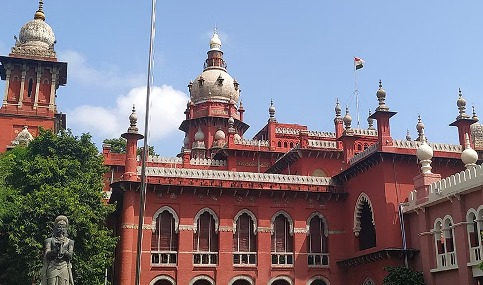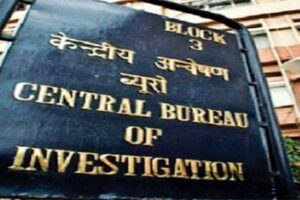
The Madras High Court recently ruled that land designated as “common area” during the development of residential flats belongs to the flat owners, not the builders.
In a judgement passed on January 20, a bench of Justices R Subramanian and K Kumaresh Babu directed the Chennai Metropolitan Development Authority (CMDA) to handover a non-Floor Space Index (FSI) building to a flat owners’ association of the apartment block on whose land such non-FSI building was built.
The High Court observed, “Once the land is shown as a common area and a common facility is developed, the land will be owned by the owners for common facilities. If the builder makes a mistake in calculating the UDS (undivided share), it must be corrected. The builder cannot take advantage of the error and demand that the purchasers pay for the unsold portion of the UDS.”
The bench was hearing a petition filed by the ‘Abbotsbury Owners Association,’ a flat owners’ association, seeking directions from the High Court to order the respondent-builder to hand over possession of the basement and ground floor of the aforementioned non-FSI building to the association.
According to the petitioner-association, the disputed portion of the building was shown on the original construction plan as a generator block, constituting a portion of non-FSI constructions. It was intended to be a common facility for the apartment’s residents. As a result, the association was argued to be the rightful owner of the said portion of the building and the land on which it was built.
However, the builder later developed the plot into a building and handed it over to another private party.
Following such a violation of the original construction plan, the Chennai civic body intervened and made certain that this non-FSI building remained vacant.
Therefore, the association argued that the civic body should transfer the possession of such building to them.
The builder, on the other hand, contended that the disputed land was included inadvertently as an “oversight” in the original construction plan. It further added that because the non-FSI structure had been handed over to the original owners of the plot of land, the Association could not claim ownership of it.
However, the High Court refused to accept the builder’s arguments.
The bench said that the non-FSI area was unsellable and that the builder’s sale was “clearly in violation of the planning permission granted.”
The High Court stated, “Because the Non-FSI was not a salable area, the sale by the third respondent (builder) to the second respondent (private party) is clearly in violation of the planning permission granted. Though it is claimed that there was a genuine error in calculating the undivided share of the land and that the total construction area was taken as 2,00,000 square feet rather than 1,30,000 square feet by oversight, we are unable to buy that argument.”
According to the Court, the builder had been in business for years and was clearly not inexperienced.
The builder “most likely hoodwinked the purchasers by using an incorrect formula for calculating the undivided share in the land,” the Court concluded.
The Court stated, “The third respondent is not a novice; rather, it is a well-known builder. The 3rd respondent’s conduct throughout the proceedings, as well as the earlier proceedings, lead us to formally believe that the 3rd respondent deceived the purchasers by using the incorrect formula for calculating the undivided share in the land. Normally, the undivided share of the land is calculated by dividing the land area by the total constructed area and multiplying it by the apartment size.”
Therefore, it directed the builder to ensure the execution of rectification deeds in favour of each individual flat owner, and it directed the CMDA to “hand over, forthwith, the vacant non-FSI building to the flat owners association,” adding that the execution of the rectification deeds must be completed within the next three months.




